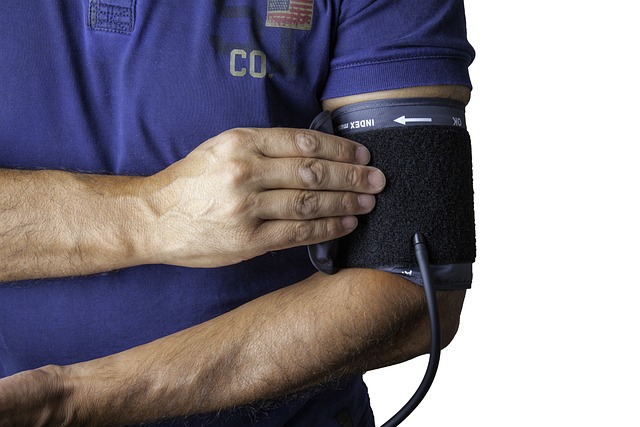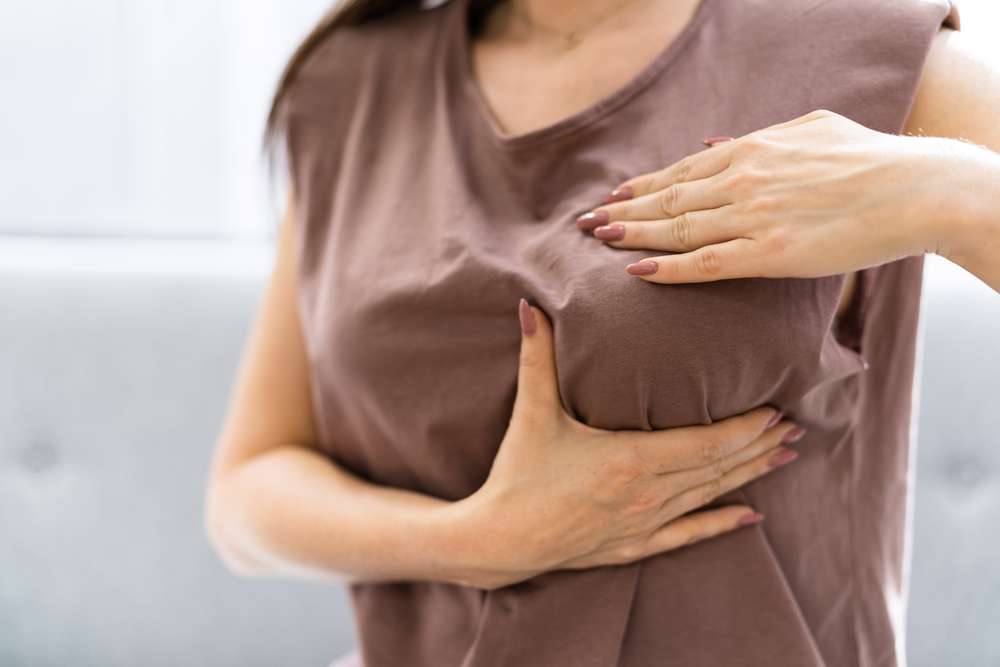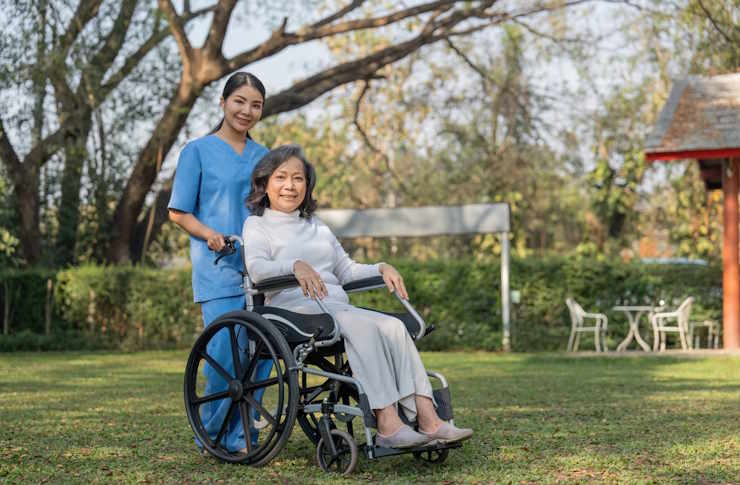Exploring Non-Surgical Fat Loss Methods That Show Promise
Non-surgical fat reduction methods offer alternatives to traditional procedures, using advanced technology to target stubborn areas with minimal downtime. From subtle shaping to more visible results, exploring these options can help individuals make informed decisions that match their goals and lifestyle — without the need for surgery.

What is Laser Lipolysis and How Does it Work?
Laser lipolysis, also known as laser fat reduction, uses targeted laser energy to break down fat cells beneath the skin’s surface. This process causes the fat cells to release their contents, which are then naturally eliminated by the body’s lymphatic system. The treatment is typically performed using a handheld device that emits controlled laser light, penetrating the skin to reach the fat layer without damaging surrounding tissues.
The procedure is generally well-tolerated, with patients experiencing minimal discomfort. Multiple sessions may be required for optimal results, and improvements are often visible within a few weeks to months following treatment. Laser lipolysis is particularly effective for small, localized areas of fat, such as under the chin or around the abdomen.
Understanding Ultrasound Slimming Treatments
Ultrasound slimming treatments utilize high-frequency sound waves to target and disrupt fat cells. This non-invasive technique works by delivering focused ultrasound energy into specific layers of tissue, causing thermal effects that lead to the breakdown of fat cells. The destroyed fat cells are then naturally processed and eliminated by the body over time.
One of the key advantages of ultrasound treatments is their ability to reach deeper layers of fat compared to some other non-invasive methods. This makes them particularly effective for addressing stubborn fat deposits that are resistant to diet and exercise. Patients typically require multiple sessions spaced several weeks apart to achieve desired results, with improvements becoming noticeable within 2-3 months after treatment.
How Does Cryolipolysis Transform Body Contours?
Cryolipolysis, commonly known by the brand name CoolSculpting, is a fat-freezing technique that has gained significant popularity in recent years. This method works by precisely cooling fat cells to a temperature that triggers their natural death without harming surrounding tissues. The controlled cooling is delivered through applicators placed on the target area, typically for about 35-60 minutes per session.
As the treated fat cells die off, they are gradually eliminated by the body’s natural processes over the following weeks and months. Cryolipolysis is particularly effective for treating visible bulges in areas such as the abdomen, flanks, and thighs. Most patients see noticeable results after just one treatment, with optimal results typically achieved after 2-3 sessions.
What Role Does Radiofrequency Play in Fat Reduction?
Radiofrequency (RF) treatments for fat reduction use electromagnetic waves to heat the deep layers of skin and underlying fat. This controlled heating causes fat cells to shrink and triggers collagen production, resulting in both fat reduction and skin tightening effects. RF treatments are often praised for their dual-action benefits, addressing both excess fat and skin laxity simultaneously.
During an RF treatment, a handheld device is moved over the target area, delivering energy that penetrates the skin to reach the fat layer. Patients typically describe the sensation as warm but comfortable. Multiple sessions are usually recommended for optimal results, with improvements in skin tightness often visible shortly after treatment and fat reduction becoming more apparent over the following weeks.
Understanding Treatment Combinations and Enhanced Results
Many aesthetic clinics now offer combination treatments that leverage the strengths of multiple non-surgical fat reduction techniques. By combining different modalities, practitioners can often achieve more comprehensive and faster results than with a single method alone. For example, a treatment plan might include cryolipolysis to reduce fat volume, followed by radiofrequency sessions to tighten the skin and improve overall contour.
These combination approaches are tailored to individual patient needs and can address multiple concerns simultaneously. While they may require a more significant time investment upfront, the synergistic effects often lead to enhanced outcomes and higher patient satisfaction.
What Are the Costs and Considerations for Non-Surgical Fat Removal?
When considering non-surgical fat removal treatments, it’s important to understand the associated costs and factors that can influence pricing. The overall expense can vary significantly based on the specific treatment, the number of sessions required, and the areas being treated.
| Treatment Type | Average Cost Per Session | Typical Number of Sessions |
|---|---|---|
| Laser Lipolysis | $1,500 - $5,000 | 1-3 |
| Ultrasound Slimming | $1,000 - $3,000 | 3-5 |
| Cryolipolysis (CoolSculpting) | $600 - $1,500 per area | 1-3 |
| Radiofrequency | $800 - $2,500 | 4-6 |
Prices, rates, or cost estimates mentioned in this article are based on the latest available information but may change over time. Independent research is advised before making financial decisions.
It’s crucial to note that while non-surgical fat removal methods can provide significant improvements, they are not substitutes for a healthy lifestyle. These treatments work best for individuals who are at or near their ideal weight and are looking to address specific problem areas resistant to diet and exercise.
When exploring non-surgical fat removal options, consult with a board-certified dermatologist or plastic surgeon to determine the most appropriate treatment plan for your individual needs and goals. They can provide personalized advice on which methods or combinations might yield the best results for your unique body composition and aesthetic objectives.




